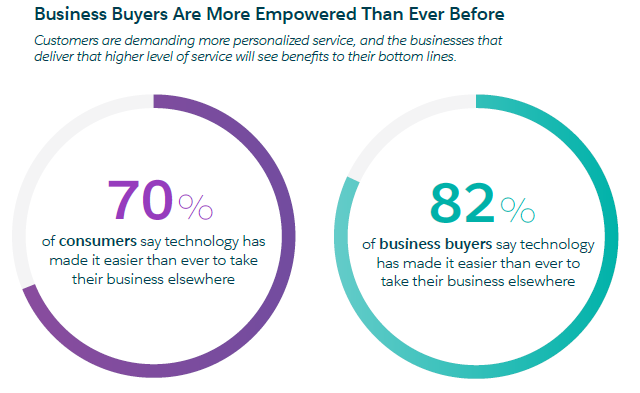CRM may no longer be a fancy buzzword, but tools and solutions that help improve customer experiences find a renewed interest among present-day businesses for a reason. In an age of rapid digital advancements and transformations, earning customers and engaging with them continually requires systems that can keep up with the ever-changing needs, preferences, and expectations.
Enter Microsoft Dynamics 365 Customer Service Insights
With Artificial Intelligence (AI) woven into its backbone, Customer Service Insights functions as much more than a regular CRM tool. It automatically groups customer cases into topics to help you discover emerging trends and equip your business to adapt to them in a timely manner. The tool features a slew of rich dashboards, interactive charts, and visual filters that provide summarized as well as drill-down views into topics and cases that impact key performance indicators and customer satisfaction levels. By highlighting areas for improvement, Customer Service Insights helps you address problem areas at the earliest before they impact customer service experiences.
Switching to Dynamics 365 Customer Service Insights can bring about a visible difference in the way businesses function, build and improve customer relations; all made possible through data and not guesswork. Here are three important ones.
# 1 – Enhance Customer Satisfaction
Customer Service Insights provides businesses a comprehensive understanding of issues that impact customer satisfaction scores (CSAT), thus helping you resolve critical or emerging problems before they flare-up. The AI-powered, data-driven system also makes it easy to identify opportunities that have a positive or negative impact on the business and act on them to enhance customer satisfaction. Augmenting these informed decisions are customer service charts with different views of customer feedback:
- Average CSAT KPI Summary chart
- Popular topics
- Emerging topics
- Average CSAT
- Customer satisfaction drivers
- Average CSAT KPI chart
- Overall average CSAT impact chart
- Top CSAT impactors
- Top resolve time impactors
# 2 – Boost Operational Efficiency
Resolution of customer cases impacts not just customer satisfaction levels but also agent productivity, and in turn operational efficiency. Customer Service Insights powers businesses and helps tackle inefficiencies in the system by providing detailed insights into case resolution, backlog trends, and historical comparisons to evaluate agent performance. This help identify low-performing and high-performing agents while also monitoring case volumes and support topics to optimize agent productivity.
Customer Service Insights features the following charts to help evaluate agent performance.
- Agents with longest average resolve time
- Agents with most escalations
- Agents with most unresolved cases
- Agents with longest resolve time
- Agents with lowest average CSAT
Additionally, the system provides resolution time charts that help you drill down into the time it takes to resolve customer cases. These include:
- Average resolve time KPI Summary chart
- Unresolved cases by age
- Current popular topics
- Emerging topics
- Agents with longest resolve time
- New cases versus average resolve time
- New escalations versus resolved escalations
- Resolution time drivers
- Agents with longest average resolve time
- Top CSAT impactors
- Top resolve time impactors
# 3 – Gather Comprehensive Visibility
Be it a bird’s eye view of system performance or a drill-down view into drivers of customer satisfaction, Dynamics 365 Customer Service Insights has got businesses covered with everything that is needed for informed decision making backed by data. In addition to KPIs for customer satisfaction and case resolution, there exist insights and dashboards for support channels, which throw light on your business’ performance on various case channels such as emails, phone, web, or social media. Charts designed for this purpose include:
- Case channel
- Case timing
- Average CSAT
Within this AI-powered tool lies immense capabilities that equip customer service managers with the power to make informed customer decisions, boost resolution rates, bring down wait times, and reduce customer service costs. The result – improved customer satisfaction and better workforce productivity.





